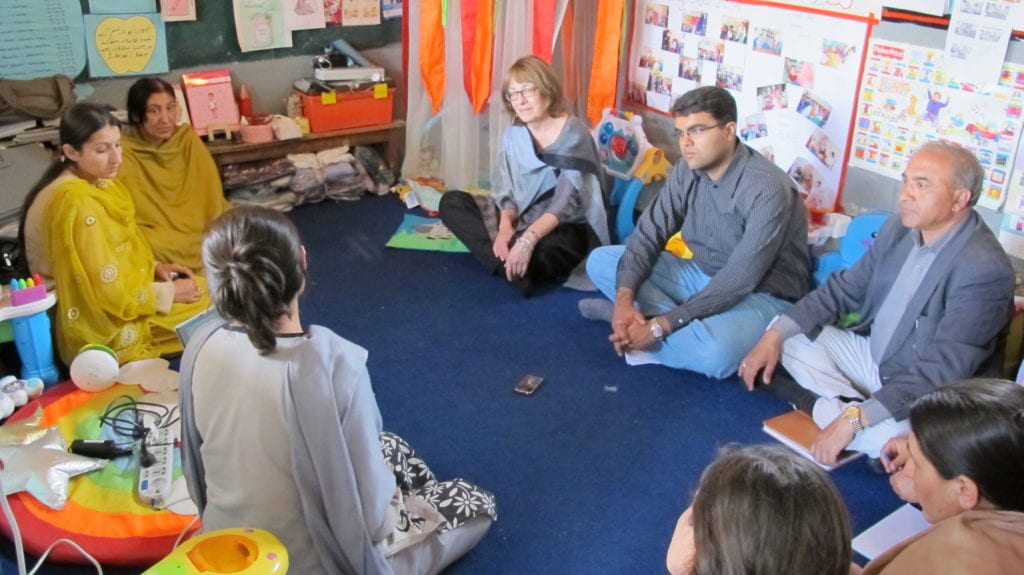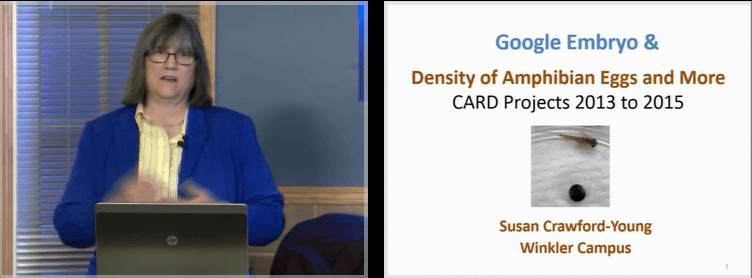Lunch & Learn: Natural Health Products – Formulation and Process Development
Don’t miss this applied research presentation by Said Hassan on the work he has done to assist a local health product manufacturer with product modification and development.
You are welcome to join us on-campus or via live streaming.
Date: Wednesday November 26, 2014
Time: 12:05-12:55
Location: eTV Studio B
Register to attend in-person: Click here
View via live-streaming: Visit this link at event time – http://blogs.rrc.ca/etv/streaming
Said will discuss his work on modifying and developing formulation of a liquid health product for a local manufacturer. In the context of this work, he will highlight some opportunities and challenges in conducting industrial applied research with external industry partners through the applied research platform at RRC.This session will be of interest to individuals in the areas of Biochemistry, Pharmacy, Pharmaceutical QA-QC, Allied Health Sciences and other health related RRC programs such as nursing.
Presenter Bio:
 Said Hassan (BSc., MSc.) has worked on several research projects including extraction and identification of rare seed oils, researching lipid profile of oleaginous microorganisms, biotransformation of lipids and synthesis of biologically active molecules. From 1997 onwards, he has worked in the areas of drug analysis, formulation and quality. Since joining Red River College in 2005 to help start the Pharmaceutical Manufacturing program, Said has been awarded four CARD grants, two of which involve working with external industry partner
Said Hassan (BSc., MSc.) has worked on several research projects including extraction and identification of rare seed oils, researching lipid profile of oleaginous microorganisms, biotransformation of lipids and synthesis of biologically active molecules. From 1997 onwards, he has worked in the areas of drug analysis, formulation and quality. Since joining Red River College in 2005 to help start the Pharmaceutical Manufacturing program, Said has been awarded four CARD grants, two of which involve working with external industry partner
For more info:
Claudius Soodeen (TEIR) – csoodeen@rrc.ca or 204-632-2147













